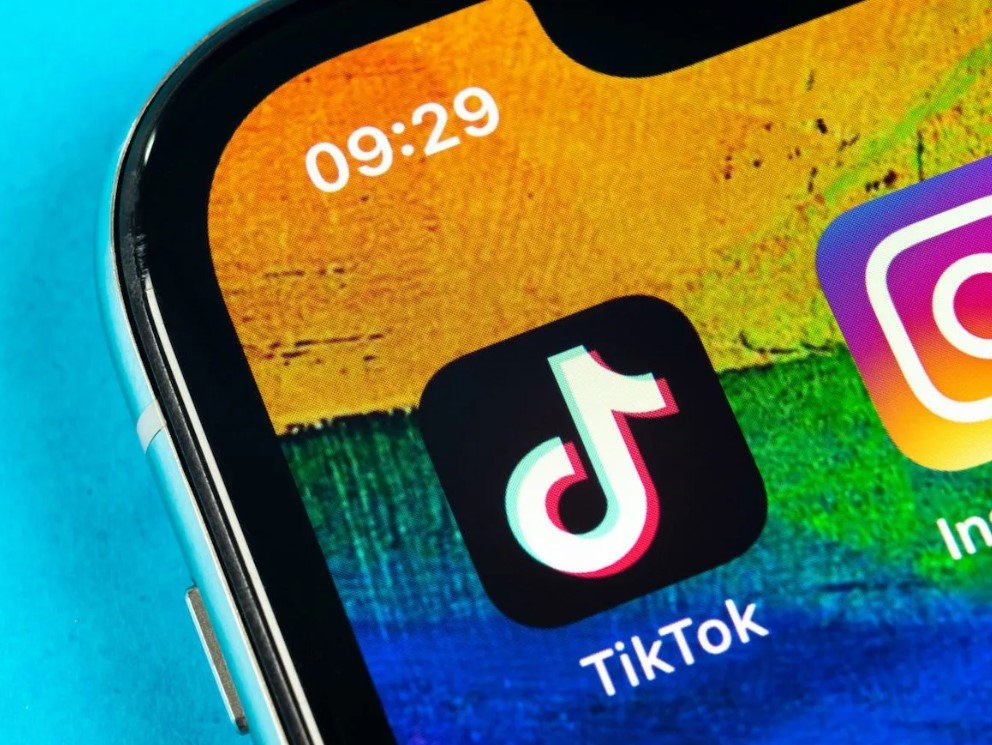In a bold move to save TikTok from a total US ban, negotiators from America and China have sketched out a framework that hands most control to US firms, but experts warn that deep cybersecurity risks and data privacy worries might still lurk. This deal could reshape how 170 million Americans use the app, yet questions swirl about true protection from foreign influence.
The Framework Taking Shape
US and Chinese teams are close to finalizing a plan where a group of American tech giants, venture firms, and investors would own about 80% of TikTok’s operations in the country. Oracle, already handling US user data, joins forces with Andreessen Horowitz and Silver Lake in this push.
This setup echoes a proposal from April, right before trade tensions spiked. It aims to create a new US-based company with a board mostly made up of Americans, including one picked by the government. The goal? To block any direct data grabs by China under its national security laws.
The core worry stems from ByteDance, TikTok’s China-based owner, which must share data with Beijing if asked. That has fueled fears for years, especially with TikTok’s massive reach.
President Biden’s 2024 law demanded ByteDance sell or face a ban, upheld by the Supreme Court in January 2025. TikTok went offline briefly before President Trump stepped in with a short-term fix.

Persistent Data Privacy Risks
Even with the deal, not all concerns vanish. TikTok collects tons of user info, from device details to behavior patterns, and that won’t change overnight.
Experts point out that moving data to Oracle’s Texas servers is a smart step. It shields info from China’s reach, as Beijing can’t force a US firm like Oracle to hand over encrypted data.
But transparency is key. Who gets admin access to these systems? If non-US folks hold the keys, leaks could still happen.
In Europe, TikTok faced a huge €530 million fine this year from Ireland’s Data Protection Commission for mishandling protected data under GDPR rules. Canada banned it on government devices and shut down its local unit last November.
Businesses must stay alert, as employees using TikTok on work gadgets could spark social engineering attacks or accidental data spills.
Expert Views on Security Gaps
Cyber pros are split on how much this deal fixes things. Adam Marrè, chief information security officer at Arctic Wolf, calls it a step forward but stresses that ownership alone isn’t enough.
He notes that ongoing checks and clear rules are vital to stop hidden data flows or influence ops.
Lily Li from Metaverse Law agrees, saying US control over access and keys is crucial to block espionage.
Then there’s the algorithm puzzle. TikTok plans to license recommendation tech from ByteDance but tweak it for the US. This raises red flags about potential backdoors for data extraction or swaying public opinion.
Satish Swargam, a security consultant at Black Duck, urges deep reviews of this code. He recalls Oracle’s big Cerner buy in healthcare, worth $28.3 billion, as proof US firms can handle complex deals, but caution is needed here.
Without full openness on algorithms, fears of foreign meddling in what users see and believe will persist.
To break down the main risks, consider these points:
- Data storage: Now in US hands, reducing direct Chinese access.
- Employee use: Still a doorway for phishing or leaks in companies.
- Algorithm control: Licensed from abroad, needing strict audits to spot biases or hidden collection.
Broader Impacts and What Lies Ahead
This deal isn’t just about TikTok; it sets a tone for how the US handles foreign apps amid rising global tensions. With 170 million users, any slip could affect personal privacy on a massive scale.
Think about everyday folks sharing videos their location data might tag sensitive spots without them knowing. Or firms where one careless post reveals trade secrets.
Governments worldwide watch closely. The EU’s bans on official devices show a trend toward stricter rules on apps tied to rival nations.
A table of recent global actions against TikTok highlights the pattern:
| Country/Region | Action Taken | Year |
|---|---|---|
| United States | Ownership restructuring proposed | 2025 |
| European Union | Ban on government devices | 2023 |
| Canada | App banned on devices; subsidiary closed | 2023-2024 |
| Ireland | €530 million GDPR fine | 2025 |
Such moves underline a push for safer digital spaces, but they also spark debates on free speech versus security.
In the end, this TikTok US deal offers a glimmer of resolution after years of bans, fines, and blackouts, potentially securing data for millions while letting the app thrive under American oversight. Yet it leaves us pondering if true safeguards against invisible threats like algorithmic influence can ever be foolproof, stirring a mix of relief and unease about our connected world. What do you think—does this fix the real problems, or is it just a band-aid? Share your thoughts and pass this article along to friends on social media to keep the conversation going.
